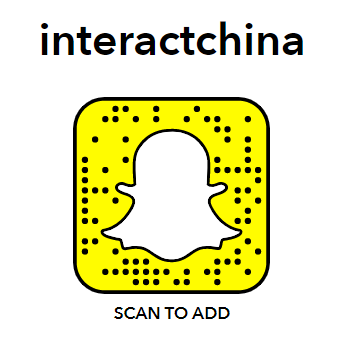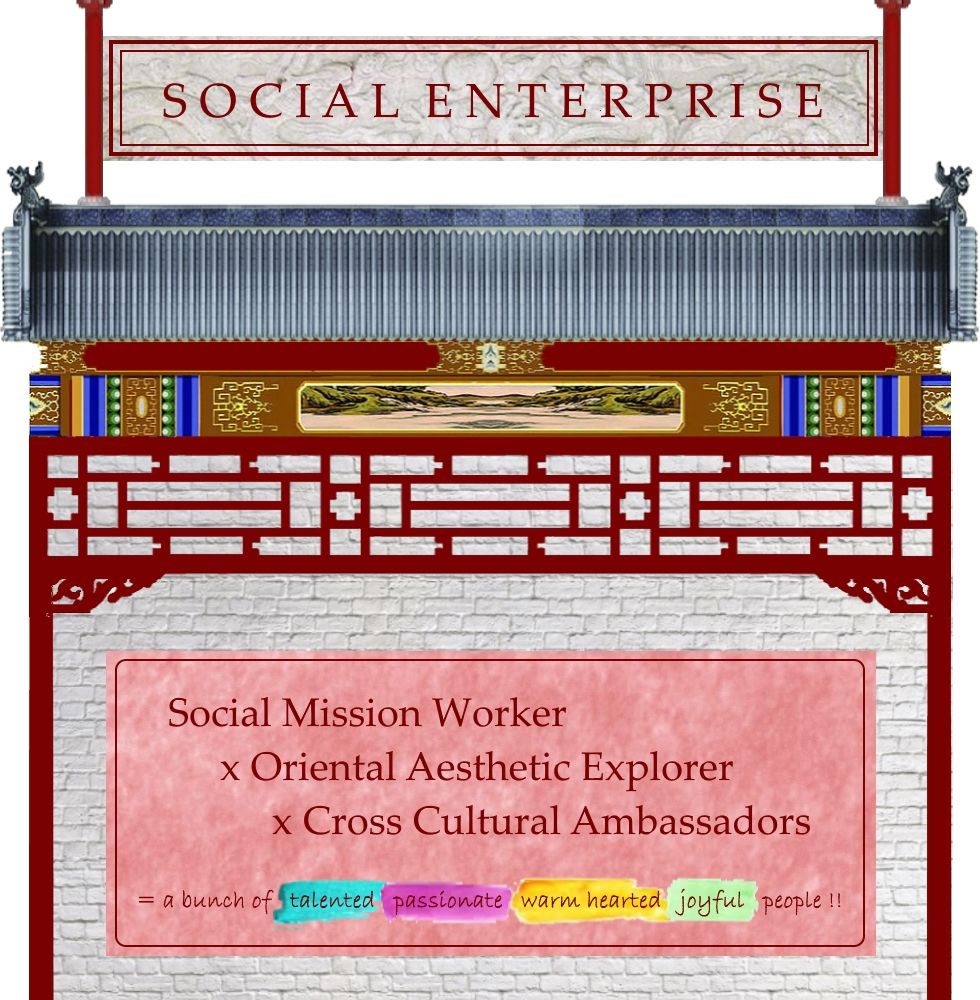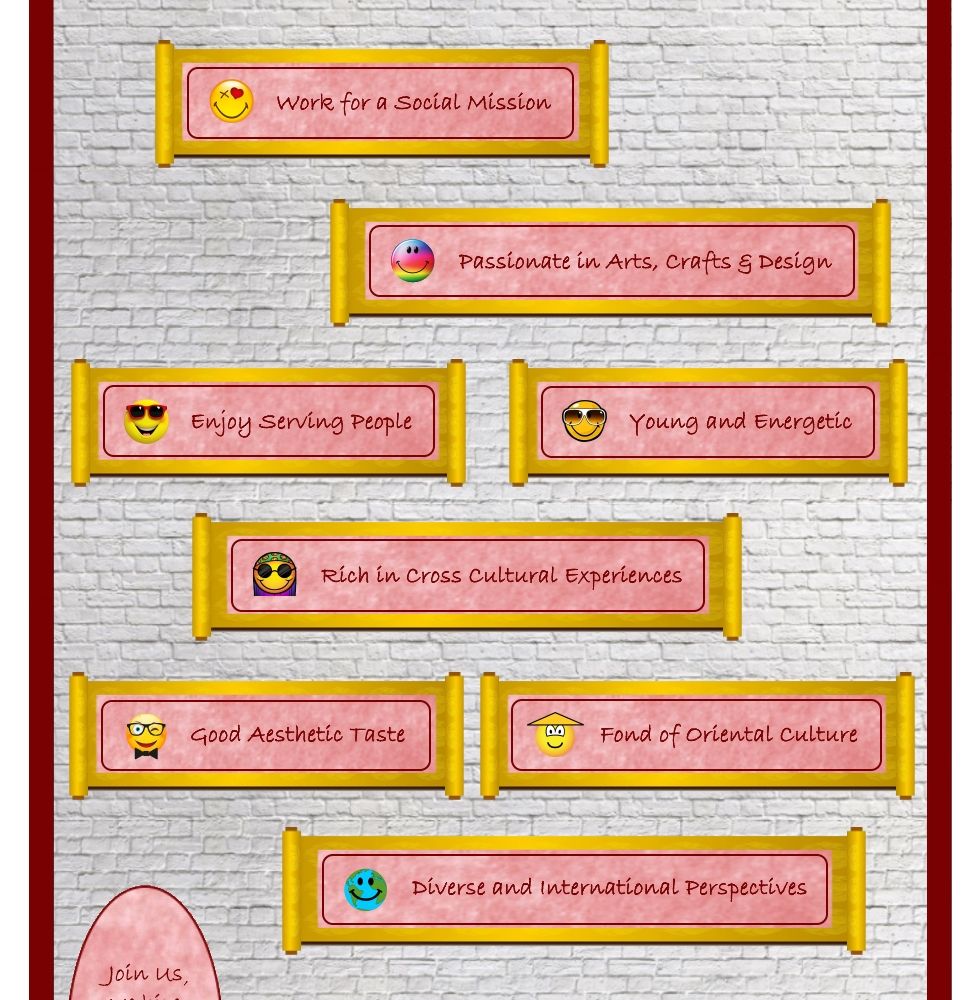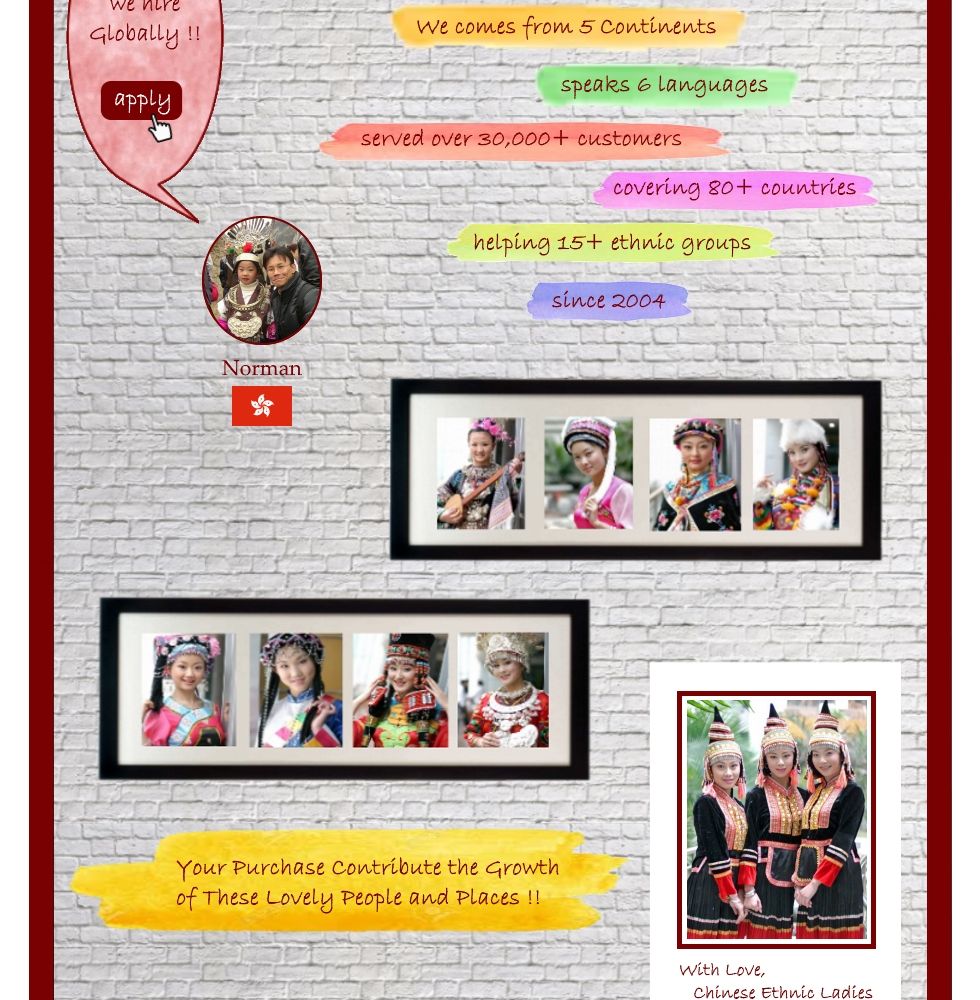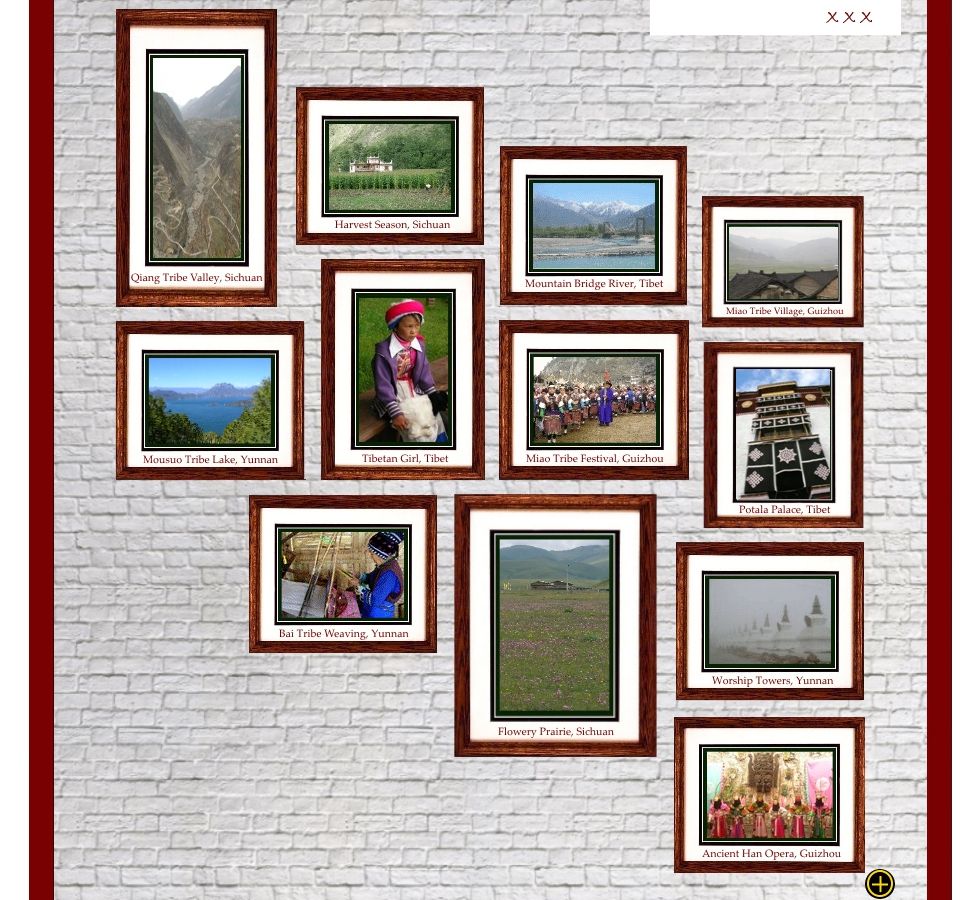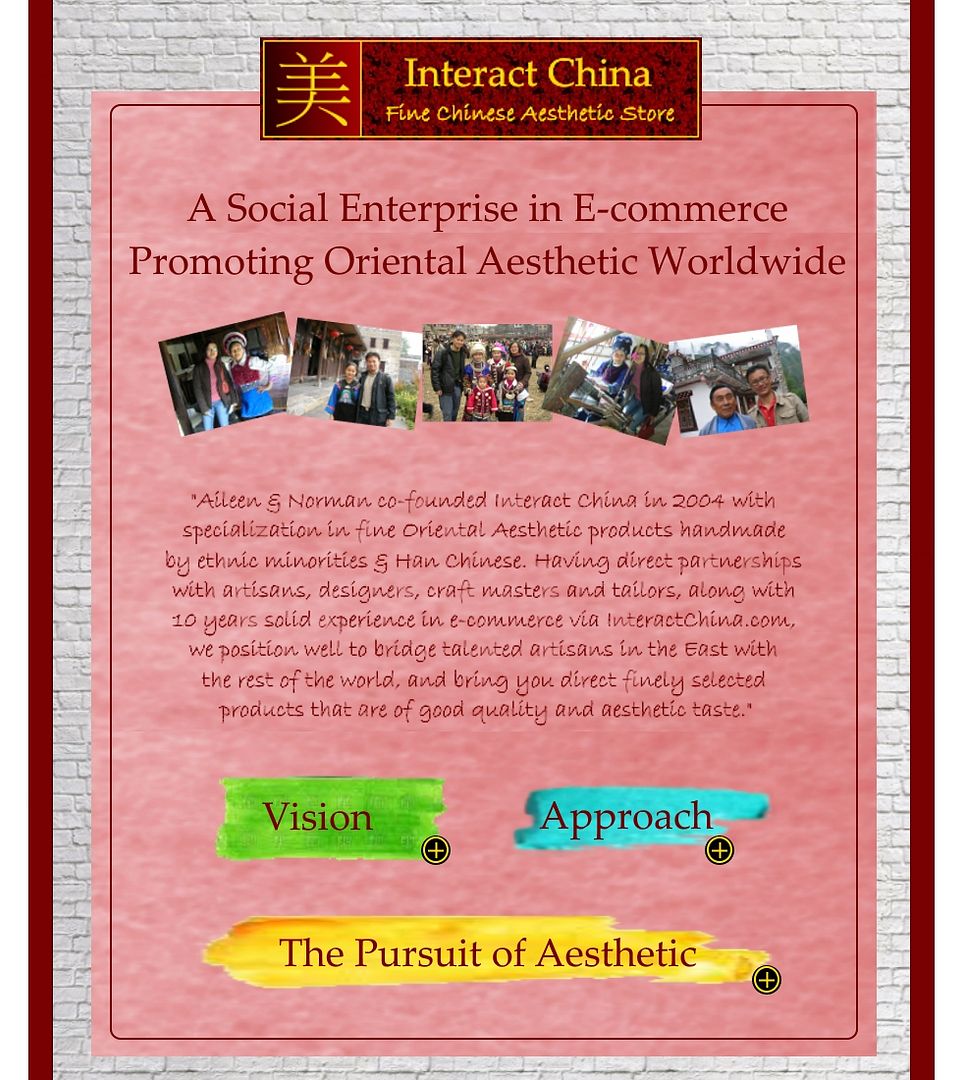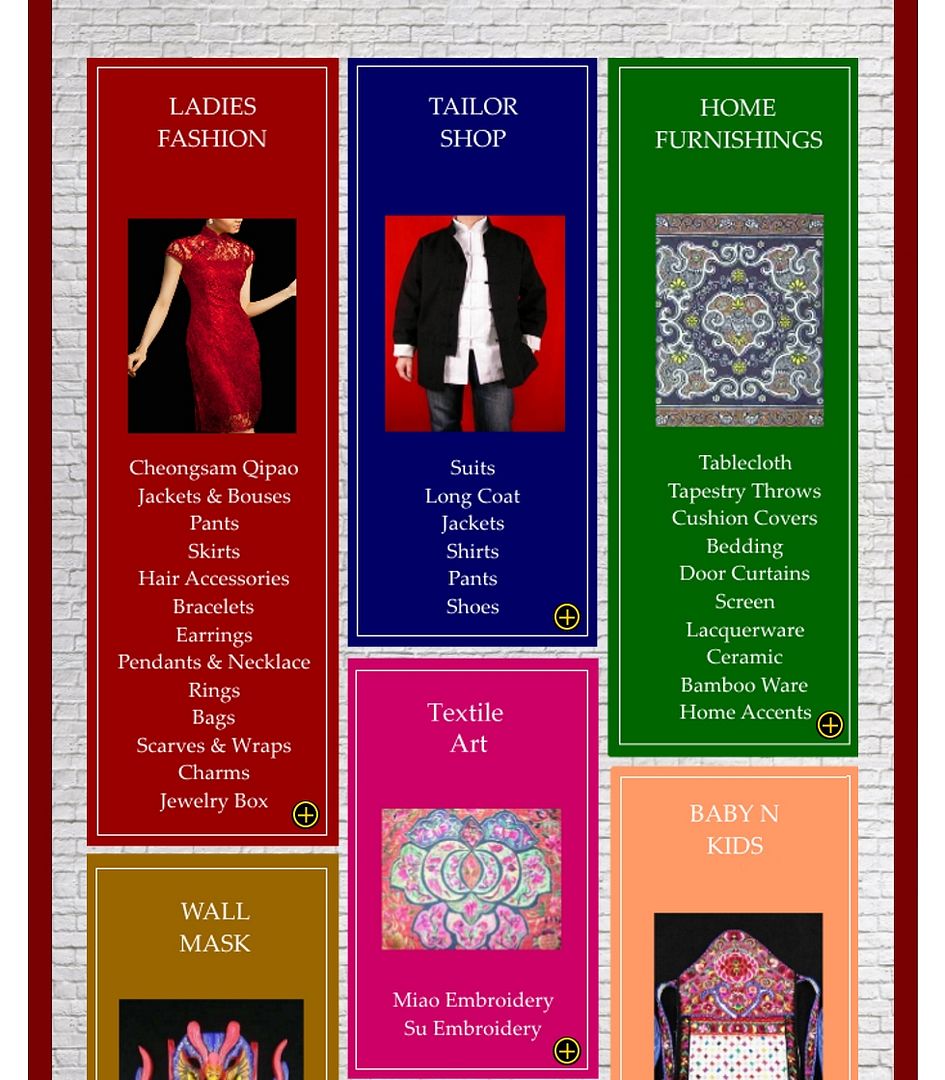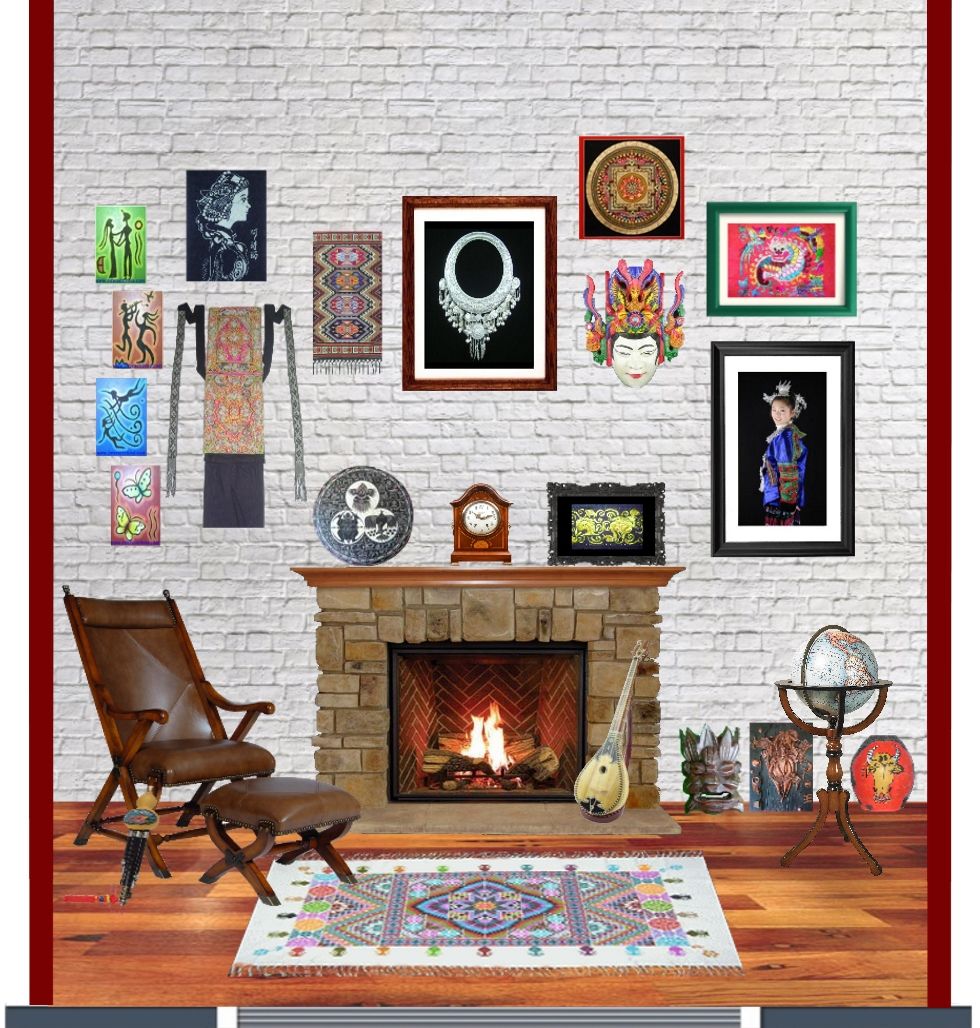How Miao Hmong Batik Is Made
8th Jun 2017
Miao batik is an ancient handcraft dated back to Qin and Han Dynasties. This technique had been lost among Han Chinese but being kept by the Miao ethnic group located in the remote mountainous Southwest China. Batik is the foundation of ancient Chinese civilization in dyeing and weaving technology. It involves drawing, waxing (with special wax knife using beeswax), dyeing and wax melting.
First a piece of white cloth is placed on a plain board or tabletop. Wax is put into a pottery bowl or metal pot and heated with charcoal until it melts. The wax won’t dissolve in water unless the temperature is very high. Different kinds and qualities of wax are used in batik. Common waxes used for batik consist of a mixture of beeswax, used for its malleability, and paraffin, used for its friability. Resins can be added to increase adhesiveness and animal fats create greater liquidity.
Drawing


Drawing the cloth is a delightful part. Usually, a basic outline is drawn before the various patterns are waxed on. They range from flowers, birds, fishes, paper cutout patterns, to folklore tales and assorted geometric shapes. Each ethnic group has its own style.
Waxing
 Once the design is drawn out onto the cloth it is then ready to be waxed. Wax is applied to the cloth over the areas of the design that the artisan wishes to remain the original color of the cloth. Normally this is white or cream.
Once the design is drawn out onto the cloth it is then ready to be waxed. Wax is applied to the cloth over the areas of the design that the artisan wishes to remain the original color of the cloth. Normally this is white or cream.
Waxing is, if not an art, at least a craft which requires a high degree of skill, not least because the hot wax must be applied in small amounts, quickly – otherwise the wax will cool and not be properly absorbed into the fibers of the fabric – and often deftly, otherwise the image’s contours will lack sharpness. The batik artist, in applying the hot wax that will prevent the dye from penetrating the fibers of the fabric in the targeted areas, thus produces a negative image (think of the image of a face), in the sense that the areas where the wax is applied represent reflective surfaces (think of the cheeks) while the areas where the wax is not applied represents shadowy surfaces (think of the recessed areas around the eyes). This requires not only a good grasp of how to draw an object, but also of how to draw it “in reverse”.
 The usual tools for applying wax are of copper and brass with bamboo handles. They are made from 2 small triangular pieces of metal, their apexes bound to a bamboo holder by copper wire. It’s slightly hollow in the middle with an offset angle edge to hold the melted wax. It is held like a pen either upright or at a slant to the cloth which is laid flat on a board. This tool lends itself to the drawing of straight or slightly curving lines. Different patterns require different shapes, for example semicircular, triangular and axe shaped.
The usual tools for applying wax are of copper and brass with bamboo handles. They are made from 2 small triangular pieces of metal, their apexes bound to a bamboo holder by copper wire. It’s slightly hollow in the middle with an offset angle edge to hold the melted wax. It is held like a pen either upright or at a slant to the cloth which is laid flat on a board. This tool lends itself to the drawing of straight or slightly curving lines. Different patterns require different shapes, for example semicircular, triangular and axe shaped.
Dying
 Then the wax-covered cloth is dipped in the pigment vat. The oldest color that was used in traditional batik making was blue. The color was made from the leaves of the Indigo plant. Lighter blue was achieved by leaving the cloth in the dye bath for short periods of time. For darker colors, the cloth would be left in the dye bath for days and may have been submerged up to 8 – 10 times a day. The final hue depended on how long the cloth was soaked in the dye bath and how often it was dipped. Skilled artisans can create many variations of these traditional colors.
Then the wax-covered cloth is dipped in the pigment vat. The oldest color that was used in traditional batik making was blue. The color was made from the leaves of the Indigo plant. Lighter blue was achieved by leaving the cloth in the dye bath for short periods of time. For darker colors, the cloth would be left in the dye bath for days and may have been submerged up to 8 – 10 times a day. The final hue depended on how long the cloth was soaked in the dye bath and how often it was dipped. Skilled artisans can create many variations of these traditional colors.
The wax on the cloth often cracks after it hardens. The cloth is then dyed and the dyes seep into the cracks making fine lines, called “ice veins”. These “ice veins” distinguish genuine batik cloth from imitations. The “ice veins” are thus deemed as the soul of batik art.
Wax-melting
The cloth is then removed from the dye and put into boiling water to remove the wax. In the final stage, the cloth is rinsed with clean water and beautiful blue and white patterns appear on the cloth.
by Xiao Xiao @ InteractChina.com
About Interact China
-----------------------------------------------------------------------------------------------------------------------------
"A Social Enterprise in E-commerce Promoting Oriental Aesthetic Worldwide"
Aileen & Norman co-founded Interact China in 2004 with specialization in fine Oriental Aesthetic products handmade by ethnic minorities & Han Chinese. Having direct partnerships with artisans, designers, craft masters and tailors, along with 10 years solid experience in e-commerce via InteractChina.com, we position well to bridge talented artisans in the East with the rest of the world, and bring you direct finely selected products that are of good quality and aesthetic taste.
So far we carry 3000+ goods covering Ladies Fashion, Kungfu Clothing, Home Furnishings, Babies & Kids, Painting Arts, Textile Arts, Carving Arts, Tribal Jewelry Art, Wall Masks and Musical Instruments. Our team speak English, French, German, Spanish and Italian, and serve customers worldwide with passion and hearts.
-----------------------------------------------------------------------------------------------------------------------------
P.S. We Need People with Similar Passion to Join Our Blogging Team!
If you have passion to write about Oriental Aesthetic in Fashion, Home Decor, Art & Crafts, Culture, Music, Books, and Charity, please contact us at bloggers@interactchina.com, we would love to hear from you!






